Holding Arowana fish can be challenging for both beginners and experienced aquarists. They need a large tank of 250 gallons at least, as the Arowana size is 2–3 feet on average. Accordingly, Arowanas need your attention and maintenance skills. Next in this article, we will walk you through the distribution and types of Arowana fish. So let’s get started right away.
Content Table
Arowana Distribution
Before we get into the details of Arowana types, let’s take a look at the distribution of Arowana. Generally, there are African arowana, Asian arowana, South American arowana, and Australia arowana.
African Arowana
- African Arowana
Asian Arowana
- Red Tail Golden Arowana
- Yellow Tail Arowana
- Red Tail Arowana
- Green Arowana
- Golden Arowana
- Golden Crossback Arowana
- Batik Arowana
- Red Arowana
- Super Red Arowana
- Blood Red Arowana
- Chili Red Arowana
- High Back Arowana
South American Arowana
- Silver Arowana
- Black Arowana
- Albino Arowana
Australian Arowana
- Jardinii Arowana
- Saratoga (Spotted arowana)
Top Arowana Types
Want to know more about Arowana? Just continue reading. In this segment, we will share some types of Arowana fish.
1. African Arowana
African arowanas come from Africa. With large scales and long bodies, this arowana size can be up to more than 3 feet. Consequently, a large fish tank is needed. Aside from that, African arowanas are hard to keep. For instance, they may change their diet as they grow up. When they are young, they may be carnivores, and you should feed them meaty food, like insects and crustaceans. And once they be adults, they may become omnivores.
2.Red Arowana (Asian Arowana)
Generally, Red arowanas include Super red arowanas, Chili red arowanas, Banjar red arowanas or others. In captivity, red arowanas prefer swimming in the middle of your aquarium. Also, sometimes they may be aggressive to the fish near them. Actually, red arowanas are not difficult to care for. Because they are hardy and survive in a wide range of water conditions. Usually, the lifespan of red arowana is up to about 20 years.
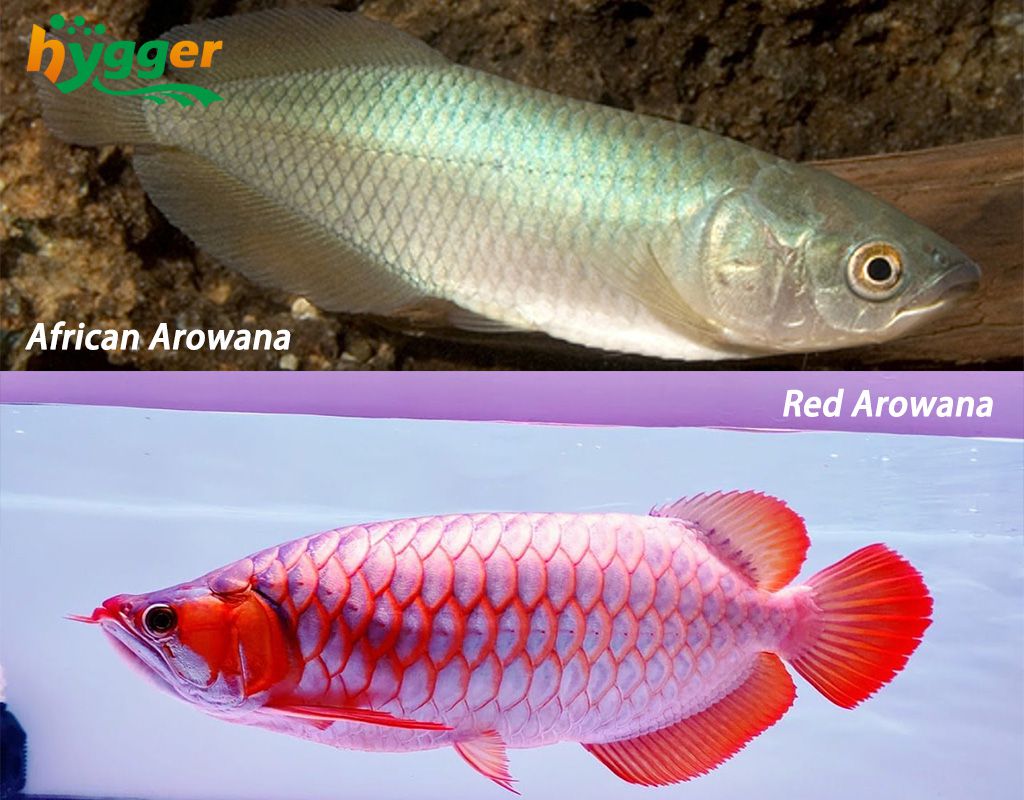
3.Green Arowana (Asian Arowana)
Green arowanas are in green. Usually, they can reach 3 feet in length. And green arowanas can live up to 15 years on average. Furthermore, Their dorsal fins and anal fins are shorter than that of South American arowanas.
4.Golden Arowana (Asian Arowana)
In general, golden arowanas can grow up to 3 feet. Accordingly, they need a large tank of 250 gallons at least. Also, their scales are large with a golden color. Moreover, there are variants of golden arowanas, like Golden Crossback Arowanas, and Golden Head Full Helmet Crossback Arowana.
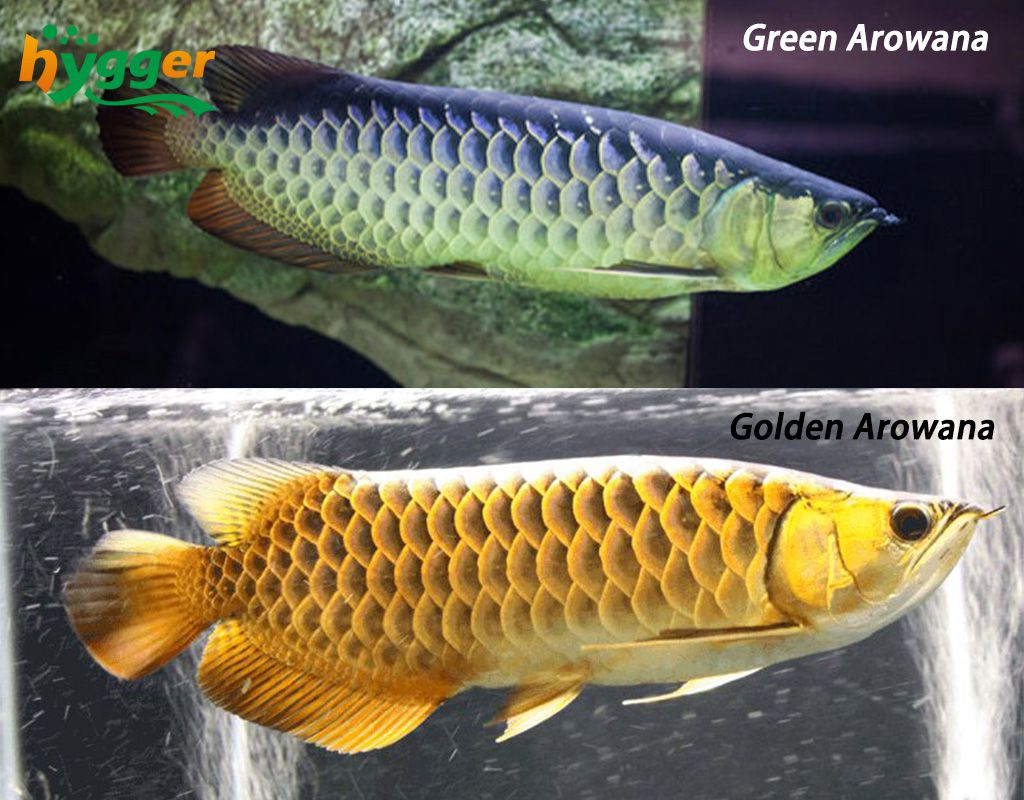
5.Batik Arowana (Asian Arowana)
Batik arowanas are also called Myanmar arowanas. They are freshwater fish. Featuring a long body, small dorsal fin, and rounded tail fin, batik arowanas can reach 35 inches and live up to 20 years. Among the Batik arowanas, the most special one is the Scleropages Inscriptions. There is a unique maze-like totem on the fish scales that other arowanas don’t have. Of course, it is very expensive.
6.Silver Arowana (South American Arowana)
Silver arowanas are the largest among arowana species, which can grow up to 3.5 feet. Consequently, a large tank size of more than 250 gallons should be an excellent alternative. However, they are large but docile. In the wild, they can leap and catch animals on the branches of trees. Additionally, as for a silver arowana aquarium, you should add aquatic plants, rocks, or other aquarium decorations to provide adequate hiding places.
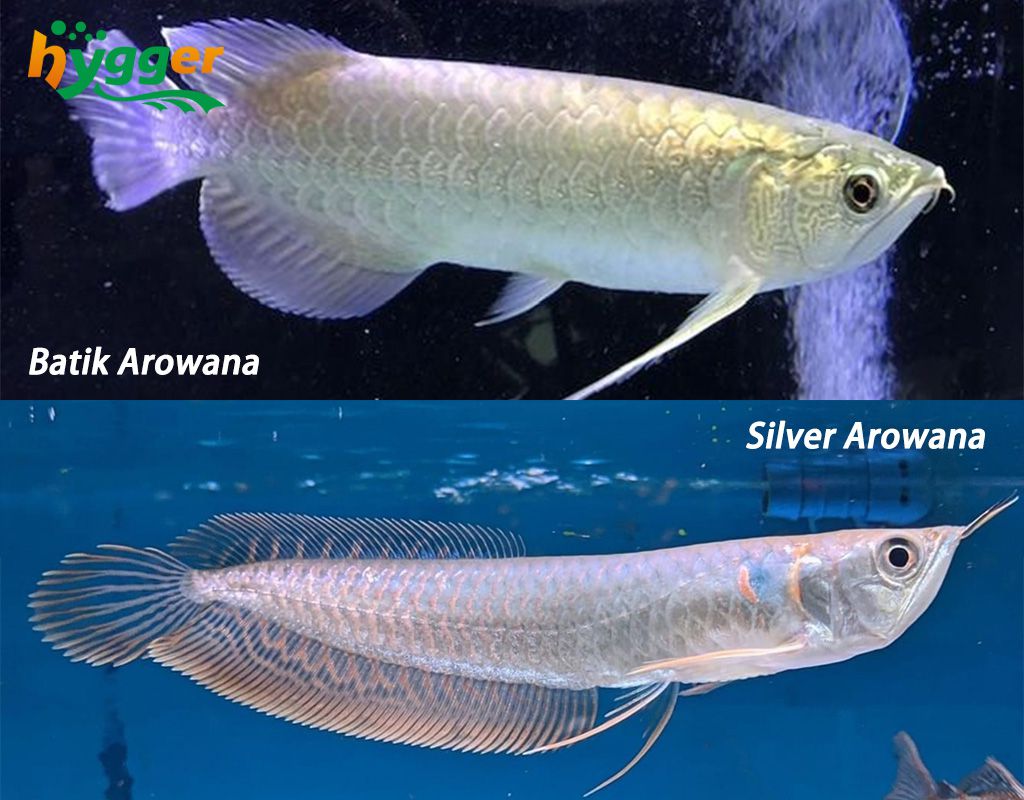
7.Black Arowana (South American Arowana)
With black body colors, black arowanas possess a black strip on their body, which will turn purple as they grow up. While there are also black shades on the fins and tail. They are aggressive, especially fish of the same species. Besides that, black arowana are carnivores.
8.Jardini Arowana (Australian Arowana)
In captivity, Jardini arowanas can reach 2 feet. Accordingly, it is feasible to keep them in a 180-gallon fish tank. Also, they can live up to 20 years. Unlike other peaceful arowanas, Jardini arowanas are aggressive.
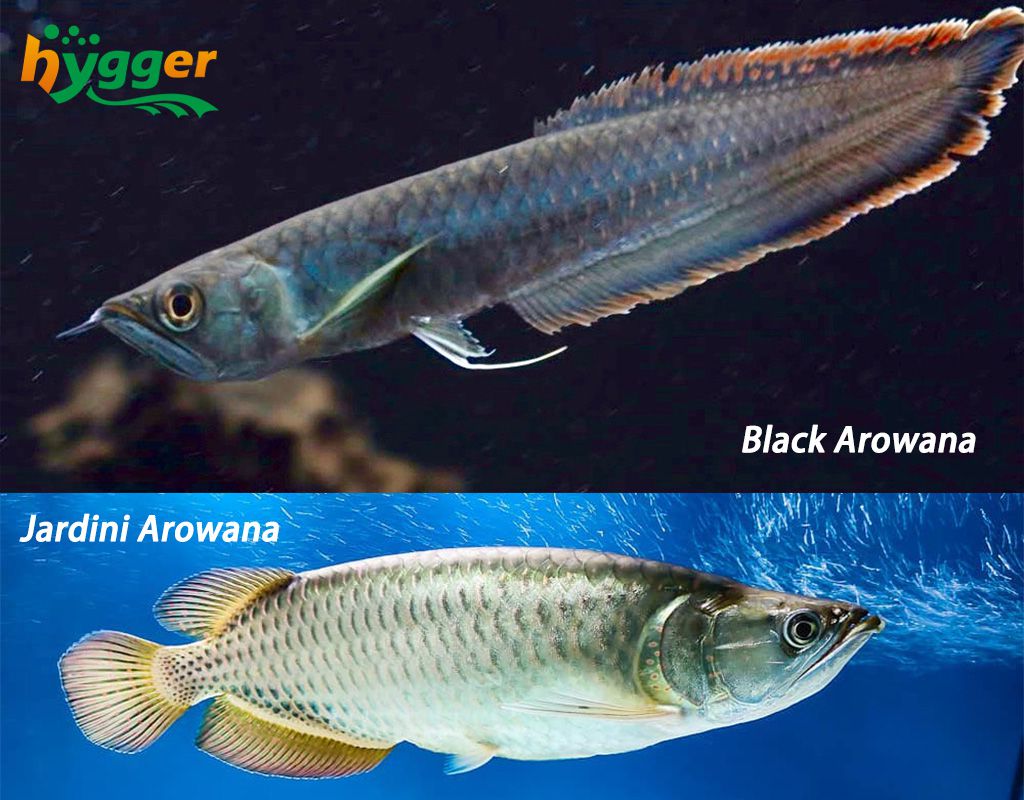
Arowanas Facts
Belonging to the Osteoglossidae family, Arowanas are freshwater fish, which are popular in the aquarium trade. They have long bodies and can jump out of the water’s surface. Hence, you should add an aquarium lid. Also, they like slow-moving, warm, and acidic waters. As a result, it is recommended to add an aquarium heater to maintain a warm water temperature. An aquarium quartz heater is a great choice, the 1000 W heater is ideal for 130–260 gallons of freshwater and saltwater tanks with a built-in thermostat.
Arowanas also need lights, they live in the upper waters in the wild. So it is best to install aquarium lights to simulate the environment. It is recommended to install LED lights on the top of the fish tank or install submersible lights in aquariums for them.
Besides that, Arowanas are fond of tanks with sand substrate and plenty of aquatic plants. However, some are expensive. While keeping arowanas may be illegal in some countries, like the United States. Only those bred through aquaculture facilities can be traded legally. Besides that, some people believe that arowanas can bring good luck, good fortune, and prosperity. Hence, arowanas can be a gift to your business partners or friends. Additionally, you can determine male and female arowanas by their size and color. In general, a female arowana is smaller than a male one, while a male arowana is brighter than a female one.
Why is Arowana So Expensive?
Arowanas are expensive because they are endangered species but in high demand. In Asian culture, arowanas are symbols of good luck, prosperity, and success. Also, they are not easy to reproduce in captivity, which can be a reason that arowanas supply falls short of demand. To conclude, a high demand but a low supply is the main cause of high prices.
That is all for today. More additional information about Arowana fish, welcome to share with us in the comment. We’re happy to receive your sharing. Finally, thanks for your reading.
About how to take good care of Arowana, please go to the relative topic: Guide to Take Care Arowana Fish.
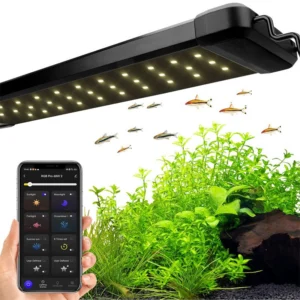
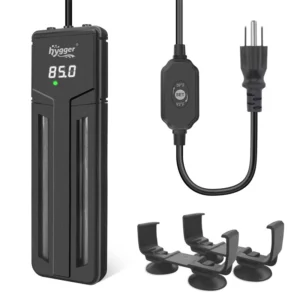
Leave a comment